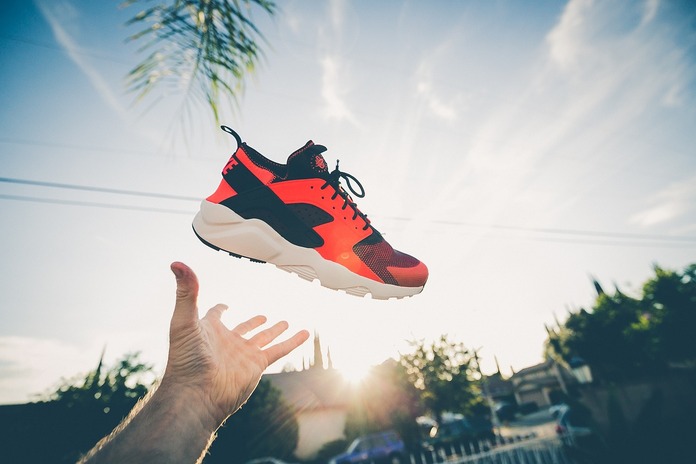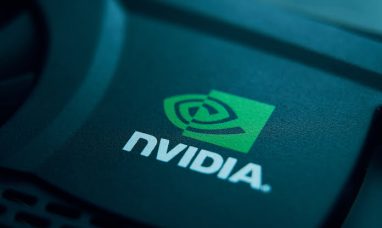The Summer Olympics have proven to be a major win for Nike (NYSE:NKE), as the global event has significantly boosted demand for the sportswear giant’s latest products. Data from research firm Similarweb shows a notable increase in website visits and sales for Nike during the Olympics, indicating a successful marketing strategy and strong consumer engagement. This surge in demand, driven by the games, highlights the impact of strategic sponsorship and timely product launches for the company. The Nike Olympic sales surge has given the brand a competitive edge, helping it outpace rivals like Adidas and Hoka.
Olympic-Driven Website Traffic
According to Similarweb, during the opening week of the Olympics, from July 26 to August 1, Nike and Puma saw a rise in visits to their direct-to-consumer websites. This increase contrasts with competitors such as Adidas, Hoka, and On, which all experienced declines in website traffic during the same period. Nike.com visits peaked on July 31, reaching 2 million, following U.S. gymnast Simone Biles clinching her seventh Olympic gold medal and the United States earning their third gold in the women’s team event.
Out of these visits, 86,900 resulted in sales, demonstrating Nike’s ability to convert high traffic into purchases effectively. In comparison, Adidas had 532,500 visits, but only 3,600 likely converted into product purchases, highlighting Nike’s success in capturing consumer interest and driving sales.
Strategic Investments and Product Launches
Nike’s performance during the Olympics can be attributed to its strategic investments and well-timed product launches. The company’s Chief Financial Officer, Matthew Friend, mentioned in June that Nike was reinvesting nearly $1 billion in consumer-facing activities for fiscal 2025. This reinvestment includes product launches and an expanded sports marketing portfolio, with a significant focus on the Paris Olympics.
As the official sponsor for the U.S. Olympic & Paralympic team, Nike capitalized on this global platform by launching a range of new products. These included the Jordan 4 Retro SE shoes and an Olympic Electric Pack featuring 55 shoes, such as new designs of Alphafly 3 and Pegasus, which have intrigued consumers and driven sales.
The popularity of these products is also evident on the resale platform StockX, where the Jordan 4 Retro SE Paris Olympics Wet Cement, retailing for $225, became the highest-selling Olympic product, with over 8,373 trades by the end of July. This success on the secondary market underscores the strong demand for Nike’s Olympic-themed merchandise.
Competitive Landscape and Challenges
Despite the recent surge in sales, Nike has faced challenges in maintaining its market position this year. The brand has lagged behind competitors such as Roger Federer-backed On, Deckers Outdoor’s Hoka, and Adidas in the running, performance, and casual shoe categories. Nike has struggled with innovative design gaps and some strategic missteps, which have allowed competitors to gain ground.
However, the Olympics have provided a much-needed boost to Nike’s brand image and sales. Drew Haines, the merchandising director at StockX, commented on Nike’s current standing, saying, “Nike is still a struggling brand overall. But the Olympics definitely drive interest in these things… Nike is the one that’s really winning there.” This statement reflects how the Olympics have reignited interest in Nike products, allowing the brand to outperform competitors during this key period.
Looking Forward
The Nike Olympic sales surge demonstrates the power of strategic marketing and product launches during global events. While challenges remain, Nike’s success during the Olympics sets a positive tone for the company’s fiscal 2025. The brand’s ability to capitalize on high-profile sporting events, combined with its strong product offerings, positions Nike well for continued growth in the competitive sportswear market.
As Nike navigates the evolving landscape of the sportswear industry, its recent success during the Olympics provides a solid foundation for future growth and innovation. The company will need to continue addressing design and strategy challenges to maintain its momentum and solidify its position as a leader in the industry.
Featured Image: Pixabay © Pexels









